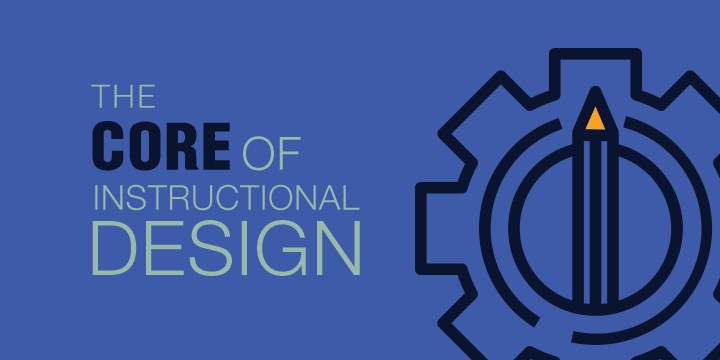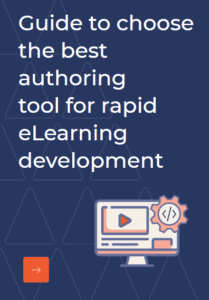The Good, the better and the best. eLearning in superlative degree can only be created when the process is right at each stage, i.e. design, development and deployment. However, the design process is closely hinged on Instructional Design Process, which can make or break a learning strategy. As discussed in the post The Equation of Great Instructional Design Strategy, eLearning content creation becomes a success when instructional designing is done right, when all the elements are equated properly.
But, as with every process, there are areas that need special attention, some shortcuts to make it easier without compromising with the quality. To understand this, we must understand the process first. ADDIE model, Bloom’s Taxonomy, Merrill’s First Principles of Instruction, the SAM model etc. are popular models that provide a guideline for the Instructional design process. However, almost all of these include the following steps. The core of instructional design process.
Analysis
What for? Where and for whom? Are some basic questions that govern the analysis stage. The initial analysis is done to understand the Learning Goal/Objective. The process covers the following questions:
- Why do you need eLearning?
- What are your expectation(s) from the eLearning venture?
- What learning challenge(s) do you expected to conquer?
This is followed by another level of analysis, to understand the audience/learners. Creating a learner profile often helps in the design process. Here are a few common questions that help in information gathering.
- What do the learners do?
- What are their work profiles?
- What are the areas that need attention?
- What is the main goal of eLearning (general training, skill- enhancement, performance support, etc.)?
- How much do they already know?
- What is the general learning attitude?
- Are they tech savvy?
Once the analysis part sorted comes the trickier part.
Design and Development
The actual instructional design process begins once all the raw input is in place. The instructional Designers (IDs) usually start from the general aspects, by defining the actual scope of the eLearning course. This is derived from the inputs about the learning objective gathered through the analysis process. Additional topics that need to be considered are added to this and this completed the scope outline. The scope can be modified or enhanced by looking at the big picture, researching about it, using textbooks as references and understanding which topics are generally covered (in classroom sessions or other online training).
The next step here is to consider the "Performance-Based" Learning Outcomes. This can be listed by understanding which information aspect or skill-set is to be mastered through the course and by understanding what the learners are expected to master through the course.
With this the outline is created. The IDs then decide the developmental strategies, identify whether the Couse needs to be simulation-based, scenario-based, determine the level of interactions, required device compatibility, identify authoring tool to be used, or create a development plan for custom development. The IDs also touch upon the assessment patterns, feedback mechanisms, and even tracking requirements. It is essential to even identify the limitations in terms of technology, animation, graphic usage etc. to create a nearly perfect storyboard.
The storyboard is then sent for review. With the help of the SMEs, the graphic designers and the programmers, the IDS then fill the gaps, make modifications as need and then check for grammatic errors too before sending it off for the actual development process.
What makes the whole process effective, is often the pre-set channel for review and feedbacks, which can otherwise create a bottleneck and impact the overall turnaround time. The Instructional design process though handled by the IDs, is actually the result of active participation of various teams.
In the end however, the eLearning is often valued in terms of how it works, how engaging it is, how much is retained, and what is implemented? All of which must be considered during the design process. After all, as Steve Jobs once said, “Design is not just what it looks like and feels like. Design is how it works.”
So, what in your terms makes the Instructional design process effective? Do share your opinion.
If you need help with your eLearning strategy, our experienced Instructional Designers can help you find the right solution. Get in Touch.



